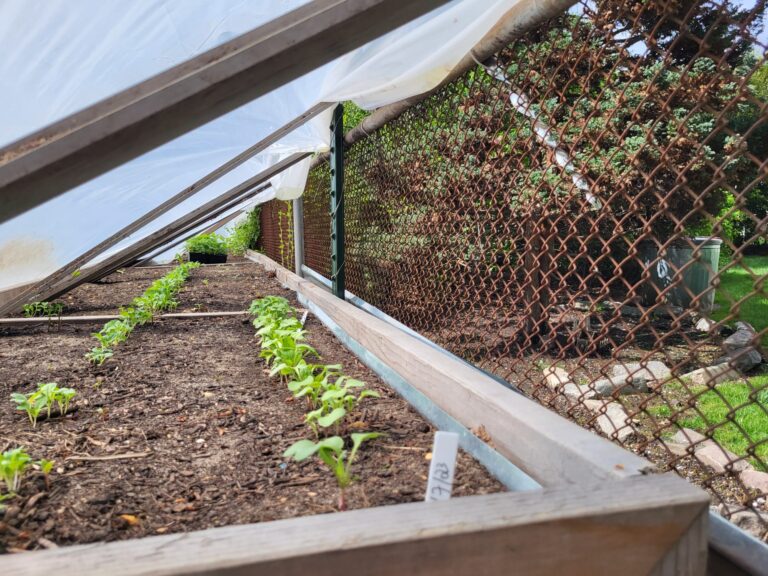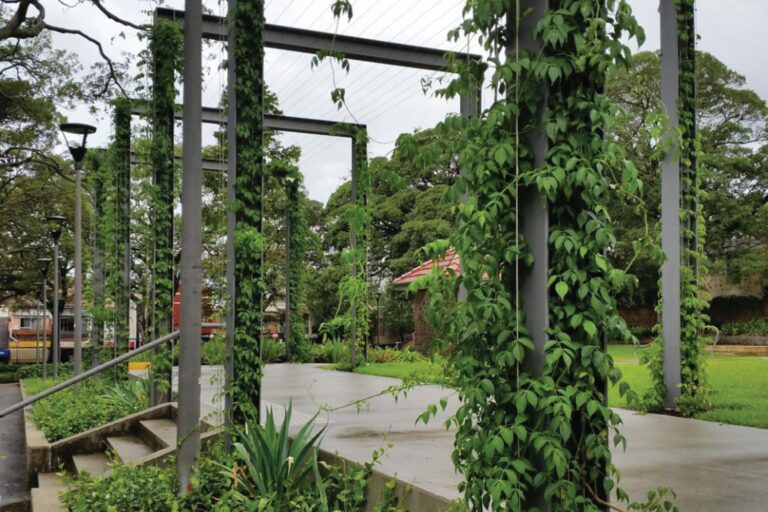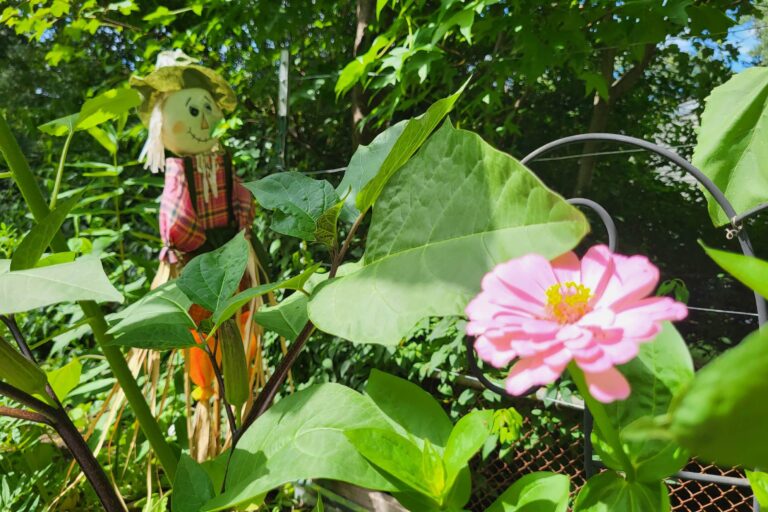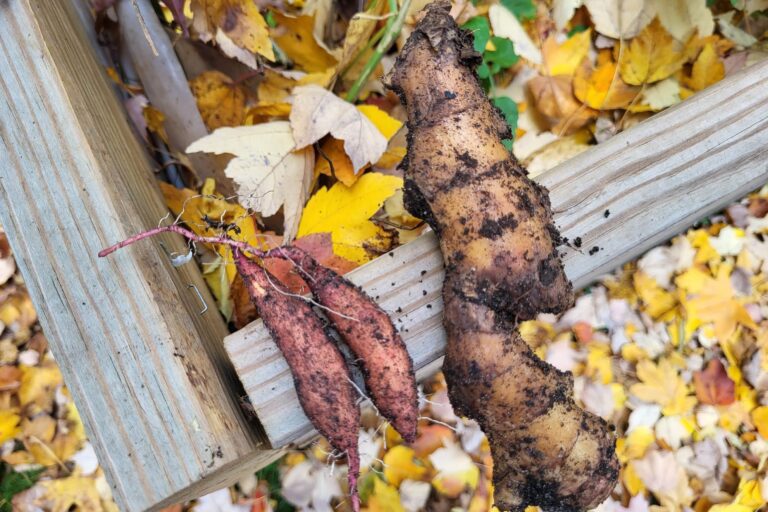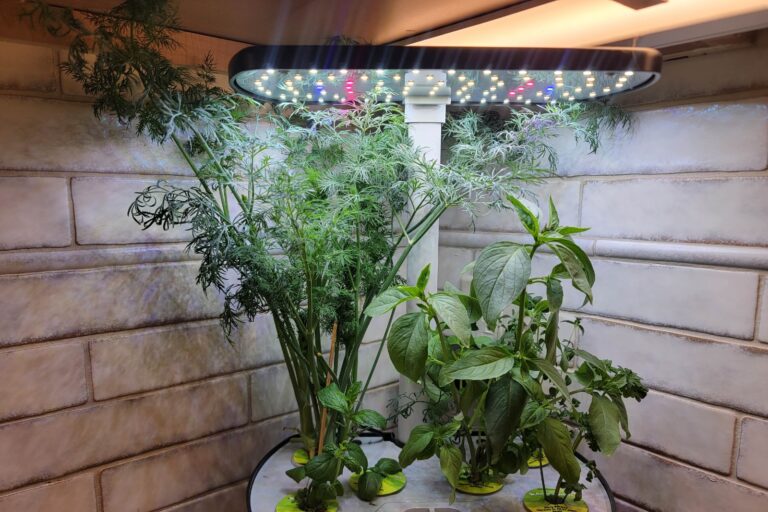Watering Techniques: 5 Exclusive Ways to Water Efficiently
Introduction
Water is life—especially in gardening, watering techniques play an important role. However, watering is deceptively simple. Simply turn on the hose and soak the soil, correct? Not precisely. Proper watering is both an art and a science that necessitates understanding plant physiology, soil composition, and environmental conditions. In this deep dive, we’ll look at the best watering practices for your backyard garden, all while conserving water and fostering healthy plant growth.
Understanding Plant’s Need
Every plant has unique water requirements influenced by species, growth stage, and climate. Some plants, like succulents, store water and prefer dry conditions, while leafy greens demand consistent moisture. Understanding these needs prevents overwatering (which leads to root rot) or underwatering (causing stress and reduced yields).
How Plants Absorb Water
Plants absorb water through their roots via osmosis, transporting moisture to stems and leaves. This process, known as transpiration, helps cool the plant and facilitates nutrient absorption. The rate of transpiration depends on humidity, temperature, and wind. On hot, windy days, plants lose water rapidly, necessitating more frequent watering.
Soil and Water Retention
In my previous blogs, I have thoroughly discussed different soil types and their water requirements. Every soil type has a significant impact on water retention and drainage. For example:
- Clay soil retains moisture well but drains slowly, making it susceptible to compaction and root asphyxia
- Sandy soil drains swiftly but fails to retain moisture, necessitating repeated watering
- Loamy soil is a gardener’s paradise since it retains moisture while draining well.
Improving soil structure with organic matter, such as compost, increases its water-holding capacity and reduces erosion.
When to water
Watering at the correct moment can make a huge difference. Early morning is good since colder temperatures reduce evaporation while providing plants with plenty of moisture before the heat of the day. Evening irrigation, while typical, can promote fungal growth since moisture remains on leaves and soil overnight.
Sources of Water
Watering techniques vary according to plant needs, water sources, and garden layout. Let’s look at the most common sources:
1. Rainwater
Rainwater is a valuable resource while we talk about watering techniques in gardening, with various scientifically proven benefits. Unlike tap water, which frequently contains chlorine, fluoride, and dissolved minerals, rainfall is naturally gentle and free of contaminants that can inhibit plant growth. It has a slightly acidic pH, usually around 5.6, which helps dissolve important nutrients in the soil and makes them more available to plants.
Rainwater also carries nitrogen in the form of nitrates, which are easily absorbed and promote healthy leaf and stem development. This natural fertilizing impact increases plant vigor while reducing the requirement for synthetic fertilizers. Rainwater also promotes beneficial microbial activity in the soil, which improves its structure and nutrient cycle.
Unlike other watering techniques collecting and using rainwater saves freshwater resources and reduces dependency on municipal water supplies. It also avoids stormwater runoff, which erodes soil and transports contaminants into waterways. Gardeners may ensure a sustainable water supply by using rain barrels or cisterns to retain rainwater during drier months.
In drought-prone areas, rainwater harvesting is an environmentally responsible way to keep soil moisture and plant health. Using rainwater in gardening not only promotes stronger plants, but it also helps to conserve water and protect the environment.
2. Commercial Water
Commercial water is essential in gardening, particularly in metropolitan areas or regions with intermittent rainfall. Unlike rainwater, municipal or commercial water is treated to remove impurities, ensuring a steady and safe source of water for plants. However, it frequently contains chlorine and other disinfectants, which can harm soil microbiology by lowering beneficial microbial activity. Allowing water to sit before use, as well as employing dichlorination filters, can help to lessen this effect.
One significant advantage of commercial water is its constant availability. Commercial water provides plants with a consistent supply of moisture in controlled gardening situations such as greenhouses and hydroponic systems, minimizing drought stress and promoting optimal growth. It also permits precise irrigation techniques, such as drip systems, which reduce water waste while increasing root absorption.
Commercial water often has a neutral to slightly alkaline pH, which might affect nutrient availability in the soil. Regular soil testing and amendments, such as the addition of organic matter or pH adjusters, help to maintain soil balance and promote healthy plant growth.
Commercial water promotes sustainable irrigation systems for large-scale gardening and agriculture by optimizing water distribution and lowering runoff and evaporation. While commercial water use should be managed with conservation efforts, its availability is critical for sustaining constant plant health and output.
3. Well Water

Well water is an excellent gardening resource because it provides a steady, mineral-rich supply of water directly from underground aquifers. Unlike municipal water, well water is devoid of chlorine and other chemical treatments, keeping beneficial soil bacteria that is critical for plant health. However, its composition changes depending on the local geology, which might affect soil and plant growth.
One of the primary benefits of well water is its inherent mineral content. It frequently contains vital elements such as calcium, magnesium, and iron, which promote plant growth. Calcium supports cell walls, magnesium is an essential component of chlorophyll for photosynthesis, and iron plays an important part in enzymatic processes. However, high mineral content or hard water can cause soil imbalances, thereby decreasing nutrient uptake. Regular testing and amendments, such as the addition of organic matter or sulfur, help to preserve soil health.
Well water is also a viable source of irrigation, particularly in drought-prone regions. Sustainable use of well water, such as drip irrigation and mulching, lowers waste while maintaining groundwater levels. In addition, proper well maintenance, such as filtration and frequent testing, assures safe, uncontaminated water for gardening. With proper maintenance, well water promotes long-term sustainability while supporting robust, resilient gardens.
Watering Techniques
We have discussed three main sources of water. Now we will discuss different methods of watering the plants in home gardening as well as at the commercial level. Let’s have a look:
1. Hand Watering

When we talk about watering techniques, hand watering is a simple and effective method of irrigation that gives you precise control over the amount and placement of water. Unlike automated systems, manual watering enables gardeners to check soil moisture levels and adjust irrigation as needed, avoiding waste and preventing overwatering or underwatering. This strategy is useful for delicate plants, seedlings, and container gardens that require meticulous care.
Hand watering preserves soil structure by reducing compaction and runoff, which are major problems with high-pressure irrigation. Watering plants straight at the base offers deep root hydration, promotes strong root development, and reduces evaporation. This strategy also reduces the danger of fungal illnesses by keeping foliage dry, as excess moisture on leaves promotes mold and mildew growth.
Hand watering also helps gardeners to closely check plant health, discovering nutritional deficits, pests, and illnesses at an early stage. It is useful in indoor plants. This hands-on approach promotes a stronger relationship with the garden, allowing for early interventions to maintain plant health. While hand watering is time-consuming, using tools such as watering wands or soaker nozzles increases efficiency. In small-scale gardens, it is still one of the most effective methods for fostering healthy, well-hydrated plants while conserving water and reducing environmental stress.
2. Drip Watering
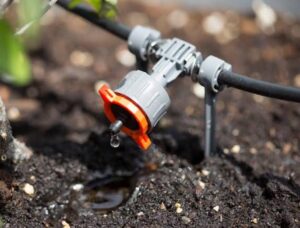
Drip irrigation is a very efficient way of delivering water directly to plant roots, reducing evaporation and runoff. Scientifically, this approach improves soil moisture levels by providing steady, regular hydration that promotes plant growth while conserving water. Unlike overhead sprinklers, which can cause excessive moisture loss and increase fungal infections, drip irrigation keeps the foliage dry, lowering the danger of pathogens.
One of the primary advantages of drip irrigation is its capacity to increase water efficiency. According to studies, drip systems can save up to 90% more water than typical watering methods. The device minimizes soil erosion and nutrient loss by providing water at a controlled rate, allowing important minerals to remain in the roots.
Drip irrigation promotes vigorous root development by encouraging deep water penetration, which reduces plant stress during drought situations. The system may be adjusted with emitters that modulate flow rates, making it suitable for a variety of soil types and plant requirements. Additionally, using fertigation—delivering nutrients via the drip system—improves nutrient absorption, plant health, and yield.
Drip irrigation is both sustainable and scalable, making it suitable for backyard gardening as well as commercial agribusiness. It is especially advantageous in arid areas, since it promotes water saving while assuring optimal plant growth and productivity.
3. Overhead Watering

Overhead watering is a popular irrigation technique that simulates natural rainfall by delivering water from above via sprinklers, hoses, or watering cans. Scientifically, this procedure is critical for regulating soil moisture levels, chilling plants, and removing dust, bugs, and diseases from foliage. It is particularly useful for vast garden areas, lawns, and crops that require consistent water coverage.
One significant advantage of overhead watering is its capacity to maintain ambient humidity, which can be advantageous to plants in hot and dry conditions. Increased humidity slows plant transpiration, helping to conserve internal moisture and prevent drought stress. Furthermore, overhead irrigation guarantees that water permeates the top layers of soil, making it excellent for shallow-rooted plants such as lettuce and herbs.
However, time is critical. Watering in the early morning allows plants to absorb moisture before the heat of the day, limiting evaporation and preventing extended leaf wetness, which can promote fungal diseases. Using fine mist sprinklers or oscillating systems enhances water efficiency by reducing runoff and ensuring uniform distribution.
While overhead watering is not optimal for all plant varieties, when done correctly, it is still an effective way to support plant health, promote nutrient absorption, and maintain a vibrant garden ecosystem.
4. Sprinkler Watering

Sprinkler watering is an effective and versatile irrigation technology that evenly distributes water around a garden, mimicking natural rainfall. Scientifically, this technique aids in soil moisture retention, plant hydration, and nutrient absorption. It is especially useful for covering vast areas like lawns, flower beds, and vegetable gardens, where consistent watering is required.
One of the most significant benefits of sprinkler irrigation is its capacity to maintain continuous moisture, which is essential for seed germination and early plant development. Sprinklers emit fine droplets that facilitate slow soil absorption, minimizing runoff and guaranteeing deep root hydration. Sprinkler watering can also assist control temperature and humidity in the garden, decreasing plant stress during hot weather.
However, the effectiveness of sprinkler systems is dependent on precise timing and installation. Watering in the early morning reduces evaporation and allows plants to dry, lowering the danger of fungal diseases. Choosing the appropriate sprinkler type—such as oscillating, rotating, or drip-based sprinklers—can help you save water based on your plants’ needs and soil conditions.
While sprinkler systems might cause some water loss due to evaporation and wind drift, innovations such as adjustable nozzles and timed irrigation schedules increase efficiency. Sprinkler watering, when used correctly, is a crucial tool for keeping a garden healthy and growing.
5. Flood Watering
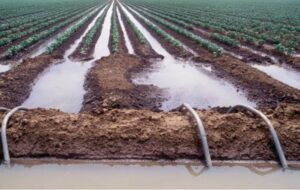
Flood watering is an ancient and successful irrigation technique among other watering techniques that involves soaking the soil with a significant amount of water, allowing it to soak deeply and uniformly. Scientifically, this strategy benefits crops and gardens in places with heavy clay soil that maintains moisture efficiently, and plants that demand deep root hydration, such as fruit trees and perennials.
One of the primary benefits of flood irrigation is its ability to replenish groundwater and increase soil moisture levels, hence promoting plant growth during dry seasons. Flood watering encourages deep root formation, making plants more drought-resistant. It also aids in the removal of excess salts from the root zone, which is especially important in areas with saline or alkaline soils.
However, adequate management is required to avoid water waste and soil erosion. Flood watering should be done at regular intervals to avoid oversaturation, which can result in root rot and oxygen deprivation. It works well in level gardens or furrowed beds where water can be distributed evenly with minimal runoff.
Flood irrigation, while less water-efficient than modern drip systems, is nonetheless a significant way for maintaining large garden areas, particularly in traditional agricultural methods, and plays an important role in soil health and plant resilience.
Recognizing Overwatering and Underwatering
Signs of Overwatering
- Yellowing Leaves
- Wilting despite damp soil
- Root decay and mold growth
Signs of Underwatering
- Drooping Leaves
- Dry, fractured soil
- Stunted growth
Adapting to Seasonal Changes
As we know the impact of seasons on our lives is so on the other living things. Watering techniques should change with the seasons:
- Spring: Moderate watering to start growth
- Summer: Increased watering during heat waves
- Fall: Gradual reduction as plants prepare for dormancy
- Winter: Minimal watering for perennials and dormant plants
Conclusion
Mastering watering techniques is much more than just keeping plants alive; it is about creating a resilient, vibrant garden. Understanding plant needs, soil composition, and efficient irrigation methods will help you save water, prevent disease, and maximize yields. Whether you select drip irrigation, soaker hoses, or cautious hand-watering, the key is consistency and monitoring.
A well-hydrated garden is a happy garden, and with these tactics, you’re well on your way to producing a lush, productive backyard sanctuary.


